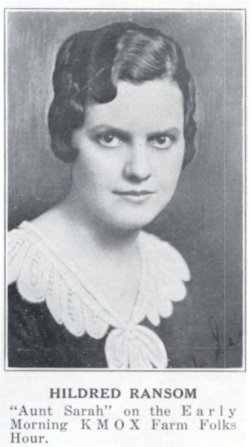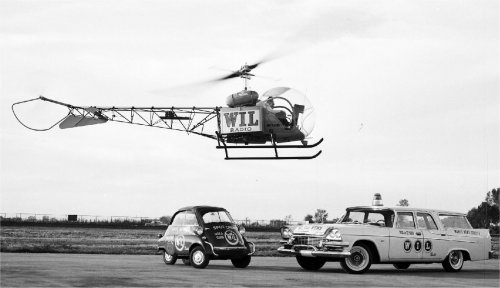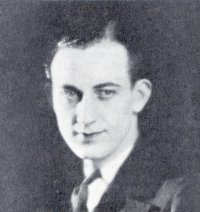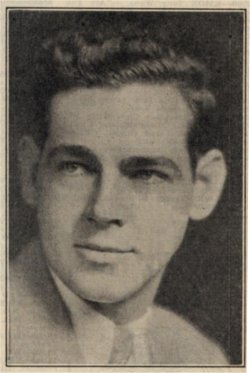Radio Articles
KMOX Has A Radio Pioneer For Announcer
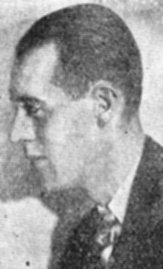
Holland E. Engle, popular rapid-fire KMOX announcer was one of the first artists to be heard on the radio. Holland was just a youngster of thirteen when Dr. Frank Stanton first put Station KDKA, the pioneer broadcasting station of the world on the air from his garage in back of his home in East Pittsburgh, Pa., and as Holland had a short wave transmitter with some youngsters in the town, he became vastly interested in this new form of broadcasting. So the next day found Engle headed for Pittsburgh which was eighty miles away from his home.
Anyone who knows a youngster of thirteen knows that they usually get what they go after, and of course Engle and the two boys with him finally convinced the friendly inventor they should see the new station.
Not long after that, through a friend connected with the General Electric Company these young radio “hams,” as they were called, were fortunate enough to get hold of some tubes and other equipment and built themselves a broadcast station. Engle laughingly said “And what a station, if it didn’t spill over we could be heard clear across town.”
And that was the beginning of a very colorful life for the young man who today is one of the country’s best-known radio announcers.
Engle soon became connected with several of the stations that were springing up all over the country and in the summer when there was no school took long trips just for the privilege of broadcasting from these new stations. He played the piano and crooned much in the style of the well-known “Little Jack Little” and found that it soon became a profitable occupation. “In fact,” says Engle, “it was so profitable that while still going to college I quit school and took up radio as a serious business.”
Since that time Engle has broadcast from over 100 of the country’s biggest stations. He has in the past four years been station manager of two large broadcasting stations, and came to St. Louis sixteen months ago to take up the duties of Announcer with KMOX where he is now located.
(Originally published in Radio and Entertainment 2/13/1932).
